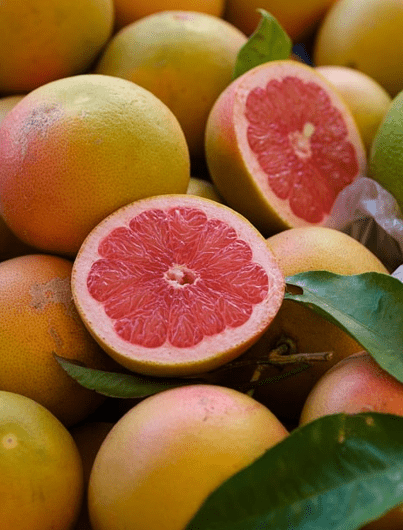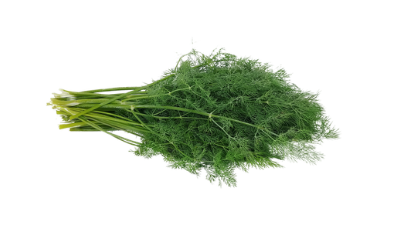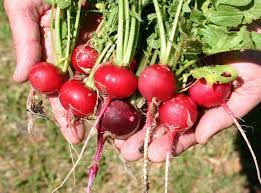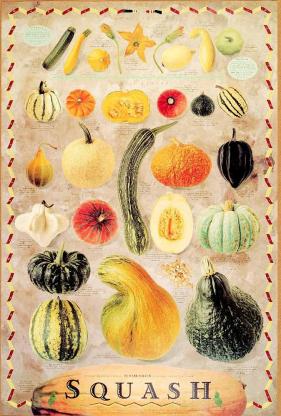Typically, citrus fruits ripen during the winter, but with modern agriculture and in a country like Israel, surprises can happen. This year, our store was blessed with wonderful red grapefruits in June, providing a perfect opportunity to explore into this unique fruit.
Although the grapefruit has been featured in this newsletter before, it's always a pleasure to revisit this fruit, especially the red grapefruit, which in many ways it is a variety that exhibits traits of an entirely different fruit.
Before diving into the red grapefruit, a few words about grapefruit in general are warranted. Unlike the orange, pomelo, citron, and lemon with their ancient roots, the grapefruit is a relatively new fruit developed on the Caribbean island of Barbados during the 18th century.
Legend has it that a British sailor created a hybrid between an orange and a pomelo, thus giving birth to the grapefruit. Whether the legend is true or not is uncertain, but the grapefruit indeed originated in Barbados and began spreading to citrus-growing regions worldwide by the late 18th century.
The grapefruit's deep, tart flavor and large size quickly became popular in Western palates. But where did the red grapefruit come from?

Typically, the flesh of citrus fruits is yellow or orange, with the 'blood' appearance being quite rare. Interestingly, red citrus varieties are not the result of intentional breeding but rather a rare natural mutation causing an excess production of a pigment called anthocyanin.
This pigment helps the plant cope with high UV radiation levels (which might explain why we find red grapefruit in summer) and is also considered a beneficial antioxidant for humans. This mutation enabled the establishment of red orange varieties centuries ago, but for the relatively new grapefruit, it took a bit longer.
The prevailing theory is that the main variety of red grapefruits (the Ruby variety) originated from a mutation discovered in a small grapefruit orchard in South Texas in 1929.
This spontaneous mutation in one tree caught the attention of the Texan farmer who tasted the unusual fruit and decided to cultivate a new variety, which he successfully did.
In the case of the red grapefruit, the mutation brought not only an excess of anthocyanin but also a noticeable change in flavor, particularly in an area where grapefruit had always lagged: sweetness. Traditional grapefruit has a tart flavor often described as an 'acquired taste,' but modern palates generally prefer sweet flavors.

While anthocyanin itself doesn't taste sweet, the Texan Ruby grapefruit is not only very red but also very sweet.
Why? I have no idea, but that's the fact. Sometimes mutations change a whole set of traits. In the case of the Ruby red grapefruit and the many varieties developed from it, the result is a small, red, and sweet grapefruit. I'm not complaining.
Neither should you. Just enjoy it, because there's nothing like chilled slices of red grapefruit and a glass of Campari (based on red grapefruit juice) to wrap up an early summer evening.








